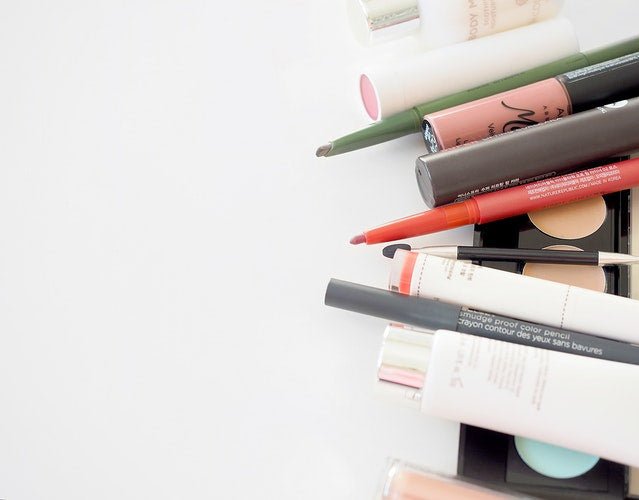
The same way you look at food labels, you should do the same for your beauty products. Use this list to help you make wise choices every day!
- PARABENS
Parabens are preservatives used to prevent the growth of bacteria, mold and yeast in body washes and facial cleansers. Sounds beneficial--but not really. Parabens possess estrogen-mimicking properties that are associated with increased risk of breast cancer.
2. FORMALDEHYDE
Formaldehyde preservatives are used in facial products to help prevent bacteria growth. This chemical is deemed as a human carcinogen and has been linked to occupational related cancers. It is also known to cause allergic skin reactions and it may also be harmful to the immune system.
3. TRICOLSON
This ingredient is usually the selling point for antibacterial soap. It's supposed to fight off bacteria but in reality, some studies raise concerns that triclosan actually contributes to making bacteria more antibiotic-resistant. There isn't even enough supporting evidence that washing with antibacterial soaps containing triclosan really provides any benefit over washing with regular soap and water.
4. FRAGRANCE
This ingredient is something that cosmetic companies don’t have to legally tell you about. Three thousand or more chemicals may be used to create synthetic fragrance. The result? Some have been linked to allergic reactions, asthma, and breathing difficulties while others have links to cancers.
5.PETROLATUM
Petrolatum is a common ingredient found hair products for shine and as a moisture barrier in some lip balms. But a product containing this ingredient can be contaminated with polycyclic aromatic hydrocarbons, which may cause cancer.
6. HYDROQUINONE
Used to lighten and even skin tone, hydroquinone has been shown to enhance carcinogenic risk by damaging DNA. Studies have shown it to be a skin allergen and respiratory toxin. In addition, it can decrease skin elasticity and cause thinning of the skin.
7. MINERAL OIL
A by-product of the distillation of petroleum to produce gasoline, mineral oil is used in baby oil, moisturizers and styling gels. The World Health Organization considers mineral oil a carcinogen and the EWG reports that it can be contaminated with cancer-causing hydrocarbons during the refining process. Although mineral oil never spoils and does a good job of trapping moisture, it creates a film that clogs pores, thus hindering the skin’s ability to slough away debris and excrete toxins.
8. DEA/TEA/MEA
The International Agency for Research on Cancer warns that DEA can react with nitrites in other products to form a carcinogenic combination; as a result, the European Commission restricts its use. TEA and MEA are also believed to pose the same danger.
9. SODIUM LAURYL/LAURETH SULFATE
This is a cheap, harsh detergent used in many shampoos for its ability to cleanse and foam. Often derived from petroleum, it causes eye irritation, dry scalp, skin rashes and other allergic reactions.
10. STEARALKONIUM CHLORIDE
This toxic chemical was designed by the fabric industry for use as a fabric softener. Companies use it in hair conditioners and lotions because it's much cheaper than natural conditioning ingredients such as proteins.
Want more products that will keep you safe from harmful toxins? Check out our full list of products on our shop now!

